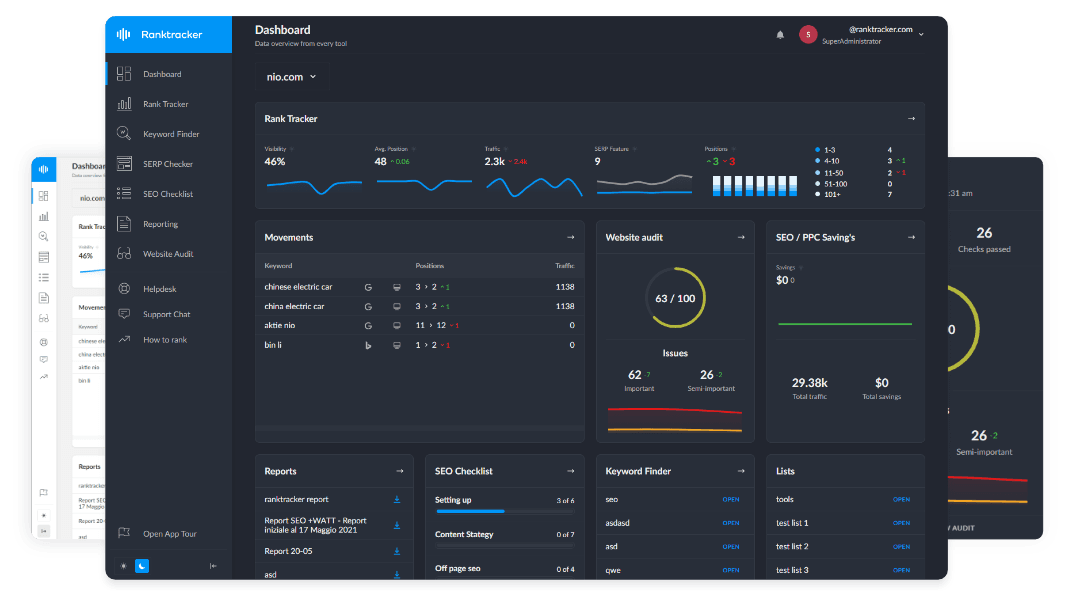Intro
KELM (Knowledge Enhanced Language Model) is an advanced Natural Language Processing (NLP) model that integrates external knowledge bases to enhance its contextual and semantic understanding, thereby improving accuracy in language comprehension tasks.
Why KELM Matters in NLP
- Enhanced Contextual Accuracy: Incorporates structured knowledge to better understand context.
- Improved Semantic Understanding: Leverages external knowledge bases to grasp deeper semantic meanings.
- Increased Performance: Boosts accuracy in complex NLP applications.
How KELM Works
1. Knowledge Integration
- KELM combines pretrained language models with structured knowledge from external knowledge bases, such as Wikipedia, Wikidata, or domain-specific databases.
2. Entity Recognition and Linking
- Identifies key entities and connects them with accurate references from external knowledge sources.
3. Contextual Information Enrichment
- Enhances text interpretation by embedding contextually relevant knowledge into the language model's decision-making process.
Applications of KELM
✅ Semantic Search
- Improves search engine results by understanding deeper context and user intent.
✅ Information Extraction
- Precisely extracts and organizes relevant information, supporting better analysis and insights.
✅ Question Answering and Conversational AI
- Delivers accurate, detailed, and contextually informed responses by leveraging external knowledge.
✅ Content Generation and Optimization
- Generates comprehensive, well-informed content that aligns with SEO best practices.
Advantages of Using KELM
- More precise and contextually accurate language comprehension.
- Reduced errors in entity recognition and linking.
- Improved content quality and SEO performance due to enriched semantic understanding.
Best Practices for Leveraging KELM
✅ Clearly Defined Knowledge Sources
- Utilize authoritative, accurate, and structured external knowledge bases.
✅ Regular Knowledge Base Updates
- Continuously refresh external knowledge databases to maintain accuracy and relevance.
✅ Integration with Existing NLP Workflows
- Seamlessly integrate KELM into existing NLP applications and processes for improved results.
Common Mistakes to Avoid
❌ Outdated or Inaccurate Knowledge Bases
- Always ensure external knowledge sources are updated and validated.
❌ Neglecting Contextual Accuracy
- Avoid overlooking the importance of contextual integration in entity and relationship recognition.
Tools and Resources for Implementing KELM
- Hugging Face Transformers: Offers pretrained models and KELM implementations.
- Google Knowledge Graph API: Provides comprehensive knowledge base integration.
- SpaCy & NLP frameworks: Assists with effective entity recognition and linking.
Conclusion: Optimizing NLP with KELM
KELM significantly enhances language model performance by integrating external knowledge, improving semantic accuracy and contextual comprehension. Leveraging KELM can dramatically boost NLP applications, from content optimization to sophisticated language comprehension tasks.

